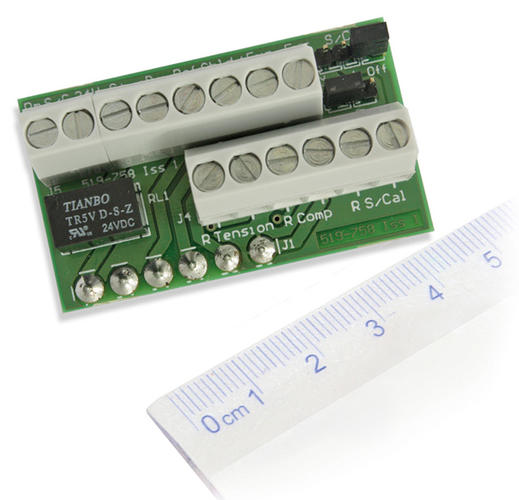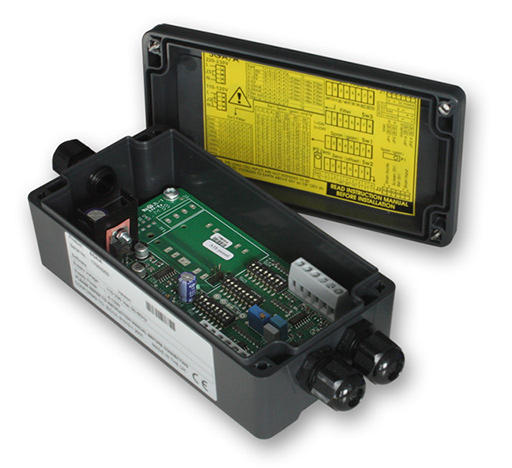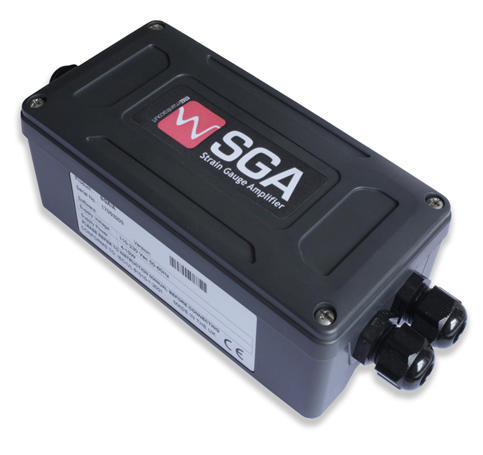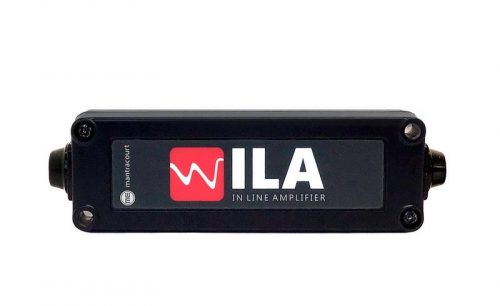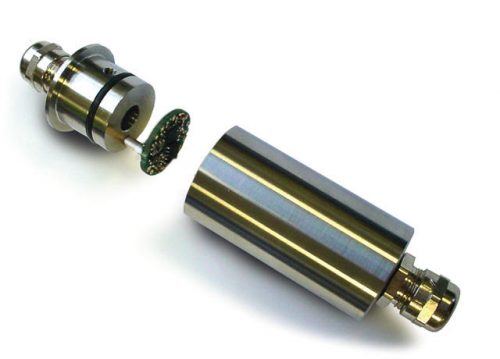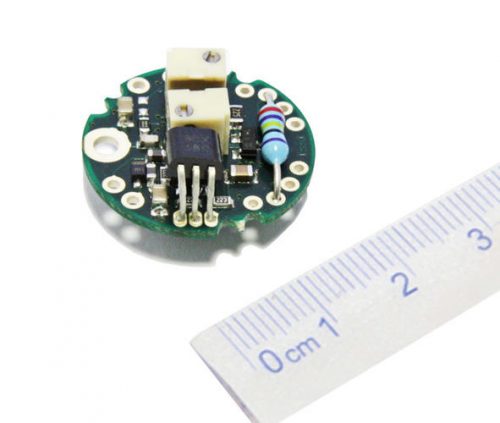- Easy installation – screws into the existing load cell connector on the SGA
- On-board screw terminal connections accept a wide range of bridge completion resistor enabling on-site installation without soldering equipment
- High stability resistors (5ppm/°C) fitted for the ‘fixed’ arms of the bridge
- A half bridge strain gauge is simply connected to the BCM module via the screw terminals, no additional components are required
- The quarter bridge strain gauge circuit, together with its completion resistor can be wired for compression or tension (stretching) giving a positive output
- Small footprint: approximately 53x32mm, screws into existing J2 connector
- The SGABCM can be ordered in conjunction with an SGA/A or D or ordered separately for retro-fitting to customers’ existing SGAs
- Screw terminals are provided for a ‘Shunt Calibration’ (shunt cal) shunt resistor to be fitted to periodically check the integrity of the strain gauge(s), wiring and calibration
- ‘Remote Shunt Cal’ can be performed by energising a miniature 24V relay fitted to the BCM. Multiple SGAs in an installation can be shunt cal’d simultaneously
Bridge Completion Module for the SGA (SGABCM)
$139.00
Description
The SGABCM is a retro-fit PCB which facilitates connecting a half or quarter-bridge strain gauge to the SGA Load Cell conditioner. This unit can also be bought in conjunction with an SGA.
The PCB comes with a 5ppm/°C resistor for 350 Ohm bridge completion (both quarter and half) and a shunt cal resistor.
The SGABCM is compatible with all variants of the SGA i.e. SGA/A, SGA/D and SGAs fitted with the IS1224 isolated DC power supply module.
SGABCM
| Title | Version | Size | Hits | Date added | Download |
|---|---|---|---|---|---|
| SGA Manual | 4.3 | 1.37 MB | 789 | 25-05-2021 | DownloadPreview |
| SGABCM Instruction Sheet | 399.14 KB | 767 | 25-05-2021 | DownloadPreview |
Q: What is the SGABCM module?
A: The SGABCM is a retro-fit PCB which facilitates connecting a half or quarter-bridge strain gauge to the SGA load cell conditioner.
Q: Will the SGABCM work with both A (AC) & D (DC) versions?
A: Yes

